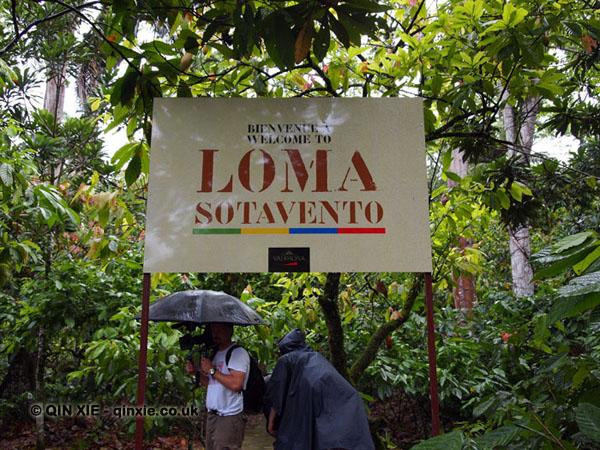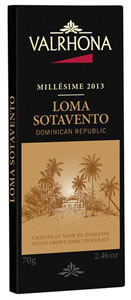Over the last few years the provenance of ingredients has been something of a fevered trend. Ingredients seem to spring from increasing obscurity and arguably at the expense of common sense. Sometimes, it’s hard not to feel like we all have a bad case of the Emperor’s New Clothes.
While sorting through some old photographs I stumbled across a small collection from my trip to the Dominican Republic a few years ago. I was invited by Valrhona to discover their new cacao plantation, Loma Sotavento.
Loma Sotavento
At the time, Loma Sotavento was the first plantation to be owned outright by Valrhona. Located to the northeast of Dominican Republic, it was run in partnership with Risek, a local cacao grower.
Using the beans produced there, they were going to get into the minutiae of the bean to bar process and research the effects of cacao processing on the final flavour profile of the chocolate.
This included how long the beans were fermented, how they were fermented (whether covered or uncovered, how regularly they were turned etc) and how they were dried. Apparently the fruit, acid, bitterness and other chocolate notes could be enhanced or subdued by manipulating how the cacao beans were treated after they’re plucked from the tree. The blend of the bean varieties, the conching and the rest of the chocolate production comes later.
It’s food nerdism at work.
After reminiscing over the photos, I was curious about what happened next and discovered that Valrhona were producing vintage specific chocolate!
A bit about Valrhona
So far I have assumed that you know a little about Valrhona but perhaps that’s not the case. Here are the basics:
Valrhona was established in the Rhône Valley in France by a pastry chef, Alberic Guironnet, in 1922. Their headquarters are still based in Tain l’Hermitage where they have recently opened a chocolate museum. I haven’t been but I’ve been told it’s something of a wonder.
Although they make a serious selection of premium chocolates, they’ve sort of been “undiscovered” for a long time as they made chocolates exclusively for chefs. You’ll find them in the kitchens of many fine dining restaurants, a prized ingredient of the pastry chefs. They’ve started making chocolate for consumers too though their primary focus, at least when I visited them in Loma Sotavento, was still chocolates for cooking.
Vintage chocolate
Anyway, back to this vintage specific chocolate.
Estate grown, terroir based, chocolate is pretty widely available as a premium product now but here was a chocolate bar that was not only from a single estate but also from a single year. Is it too much?
Actually, I would be very interested in a vertical tasting of the chocolates though I don’t think they will keep and mature like wine. It’s an interesting idea nontheless.
It also made me smile – trust a French company to introduce vintage indication to chocolate.


[…] Chocolate terroir at Valrhona’s Loma Sotavento […]
[…] post. More to come on Grenadian culture, rum and cocoa tea. Meanwhile, you can read my posts on chocolate in the Dominican Republic […]
[…] guessing – it’s down on the menu as Tainori from the Dominican Republic, which was the Valrhona estate I visited a while ago. I only had the bar then so it’s interesting to see it turned into a […]